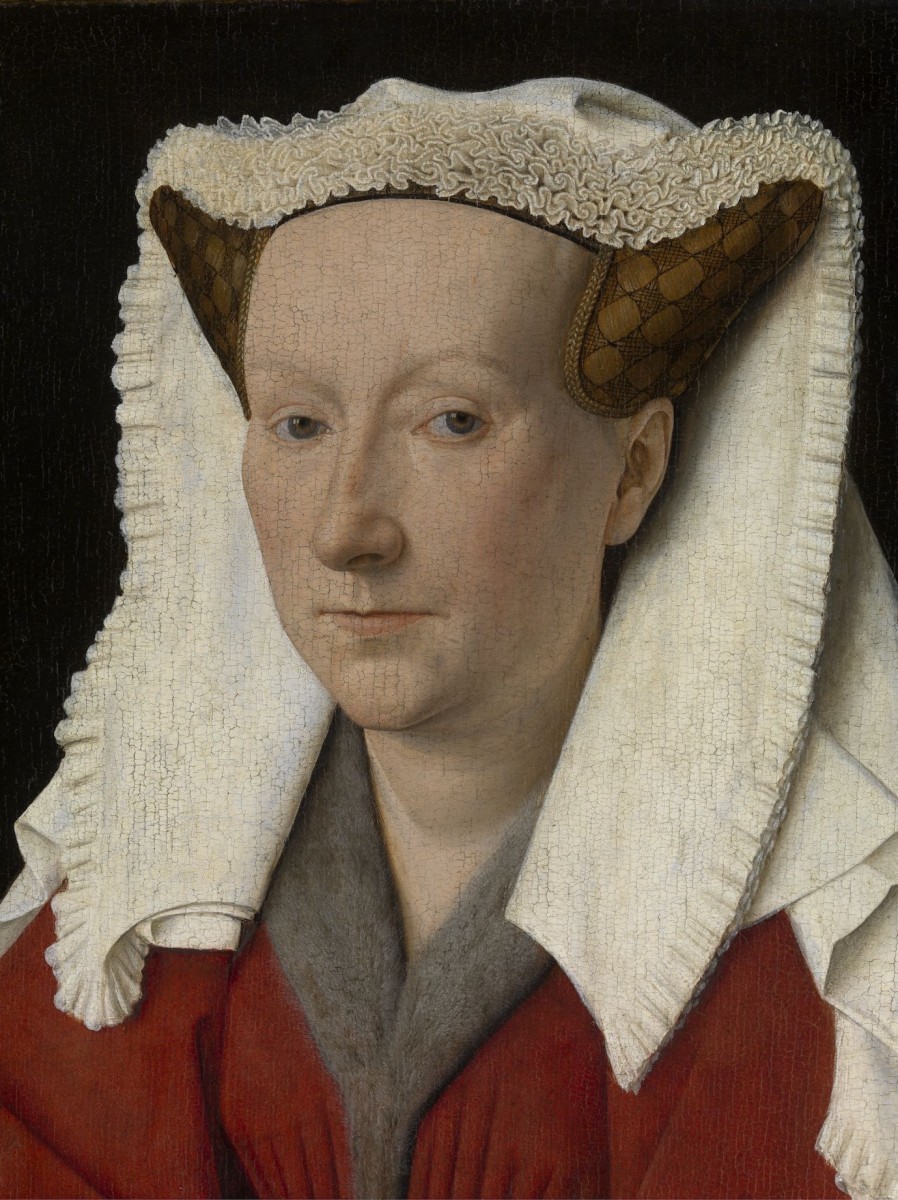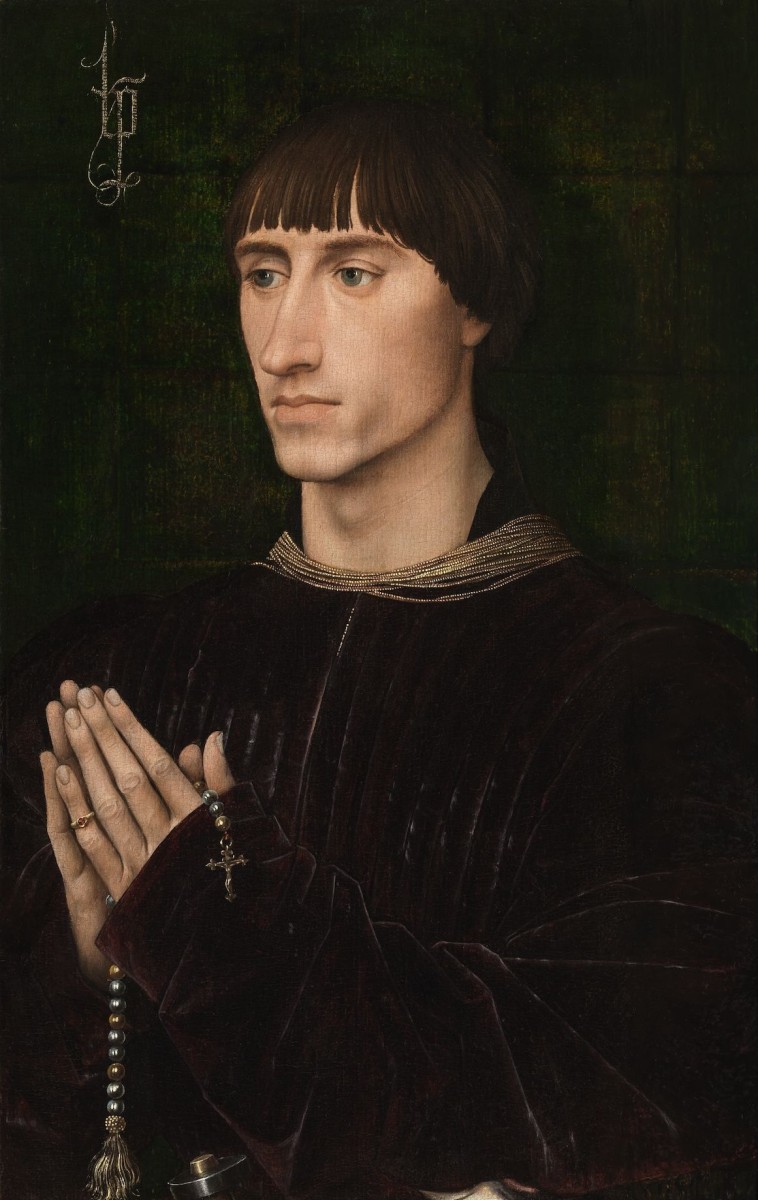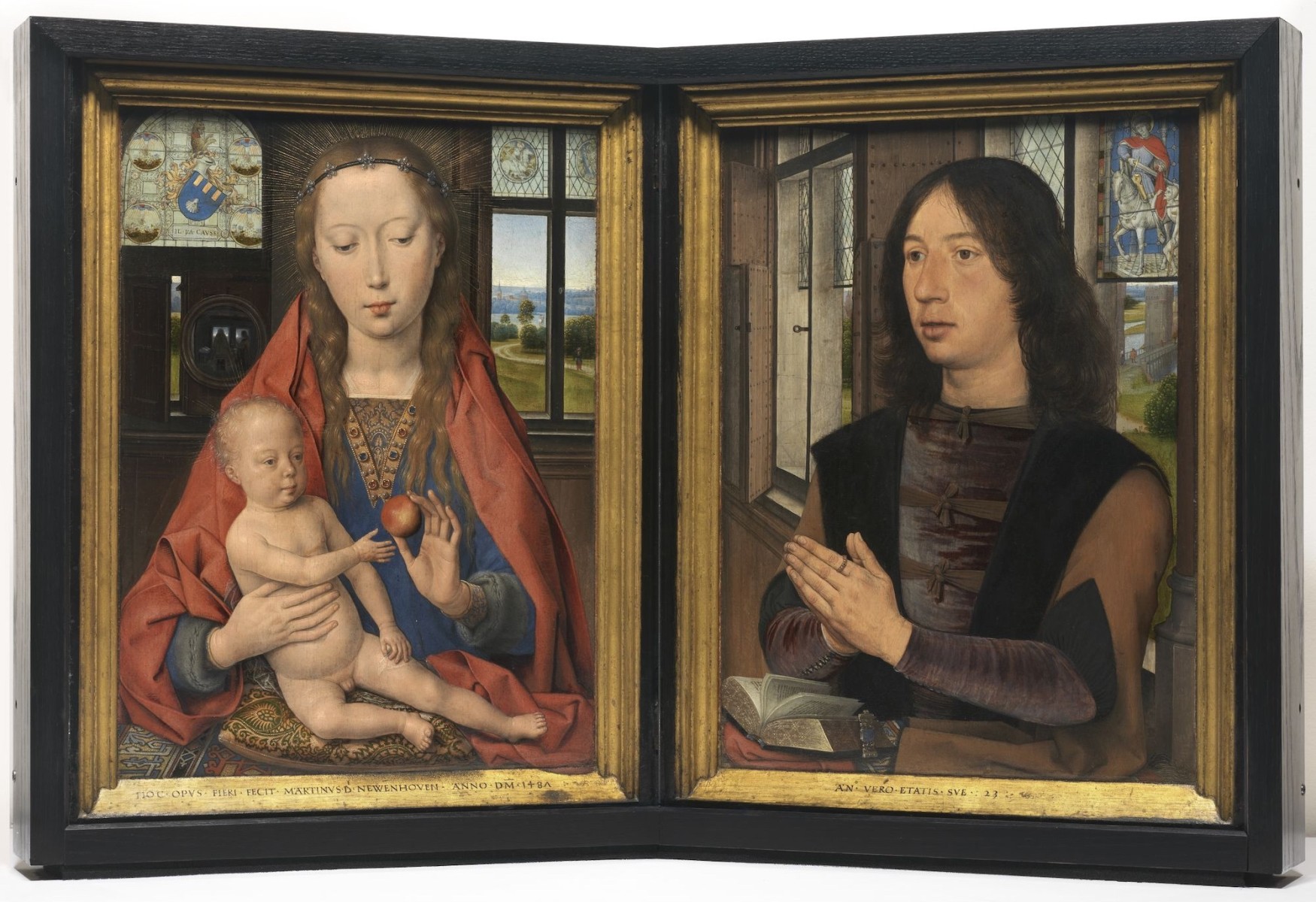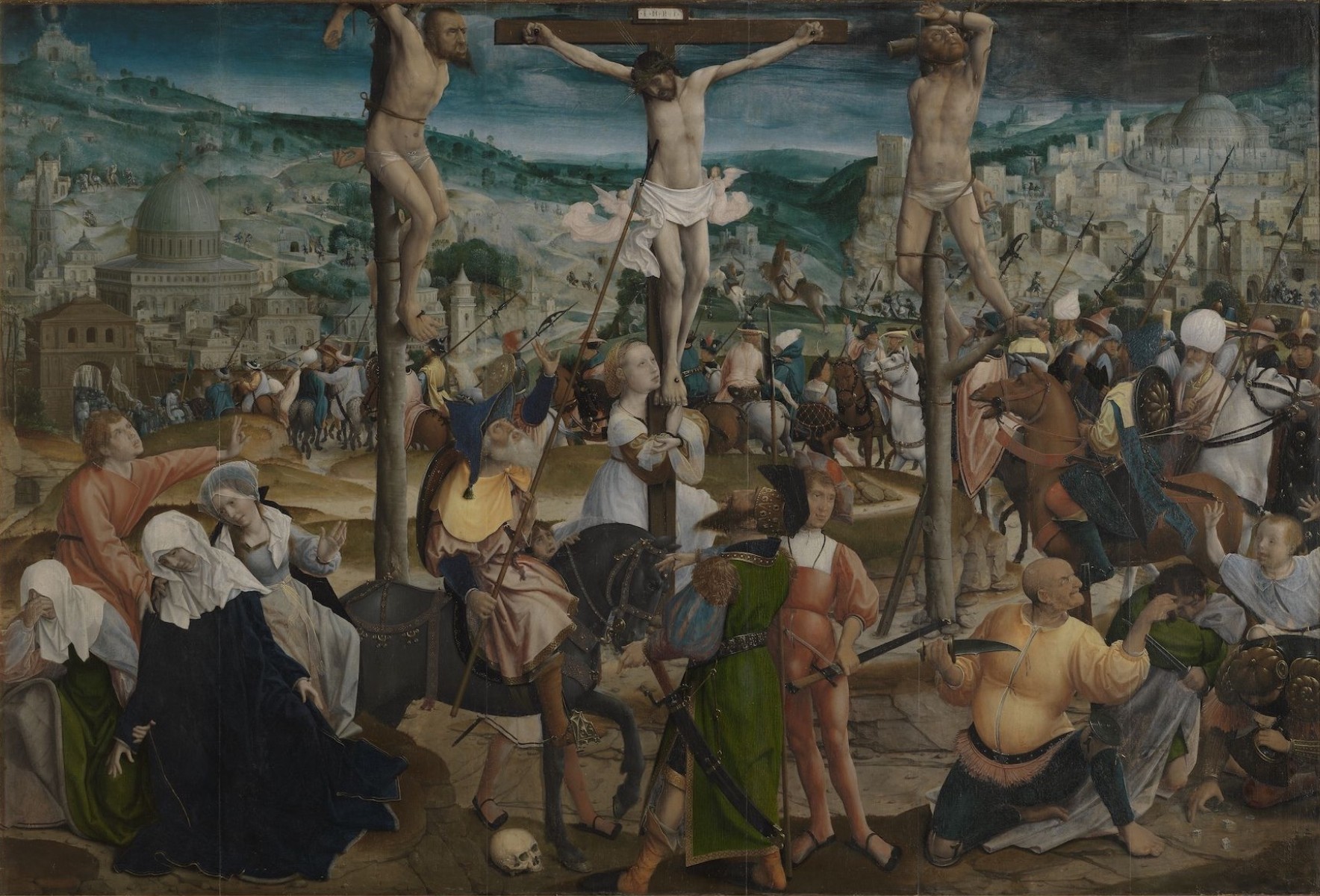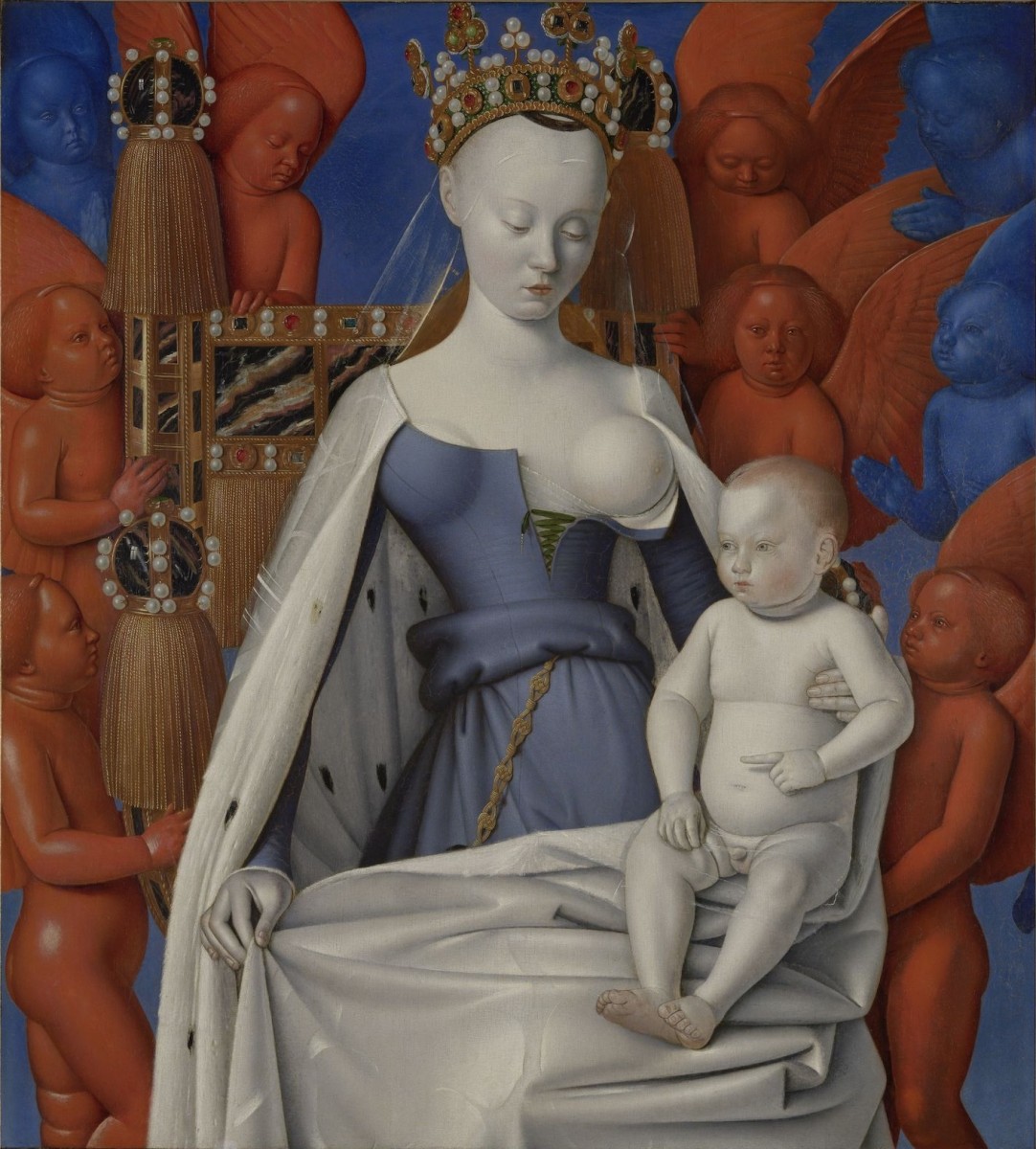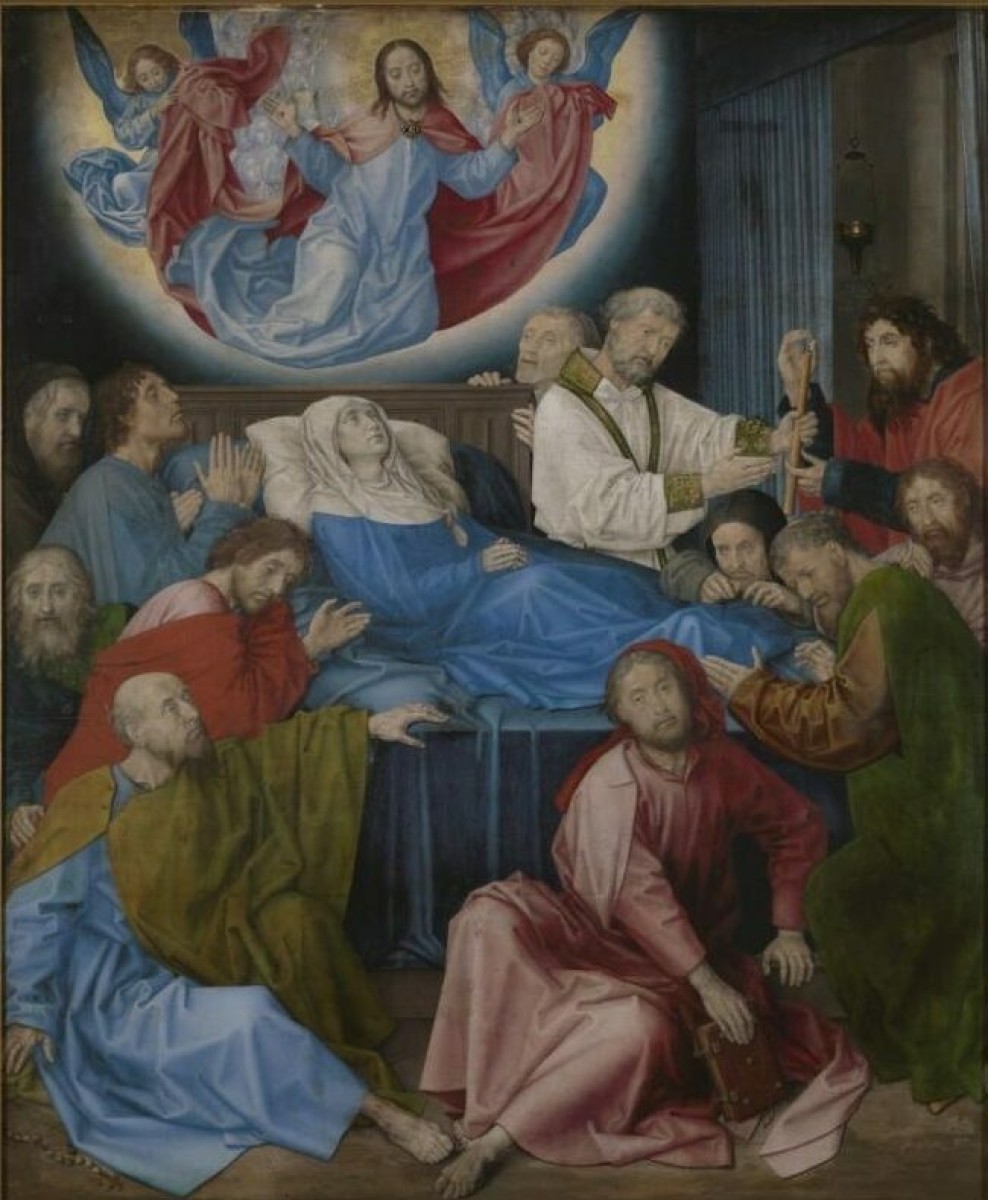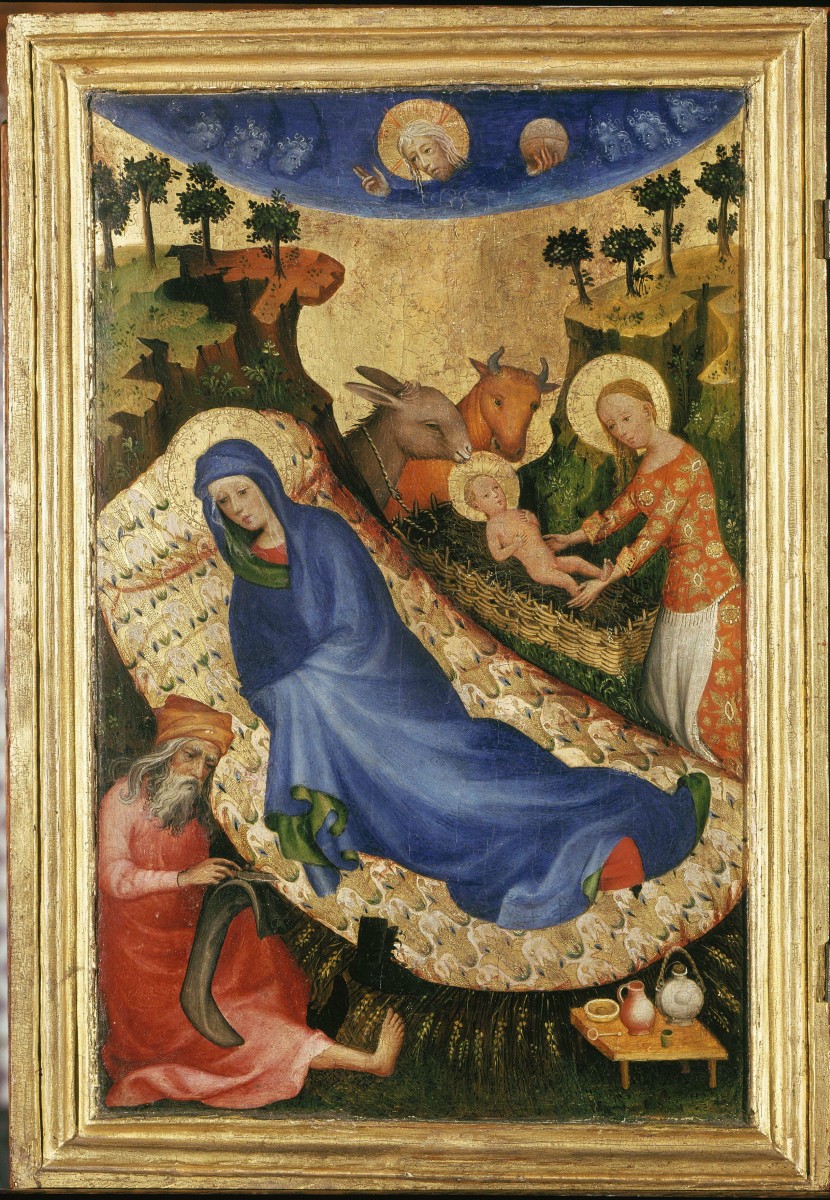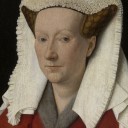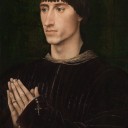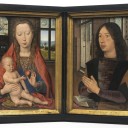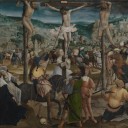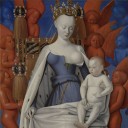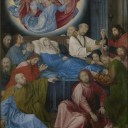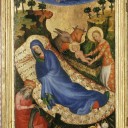Website 'Flemish Primitives'
The website 'The Flemish Primitives' guides you through the world of painting in the Burgundian Netherlands, from Jan van Eyck to Quinten Massijs.
Collection
In addition to the Flemish Primitives collections from the established partner museums of the Flemish Art Collection (KMSKA, MSK Gent, Musea Brugge and M Leuven), the collection from the Museum Mayer van den Bergh in Antwerp is also displayed, along with the collections from the Saint Bavo Cathedral in Ghent and the Sint-Salvator Cathedral in Bruges.
The website does not limit itself, however, to the group of painters who are relatively easy to group stylistically together from the southern Low Countries in the 15th Century and the first quarter of the 16th Century. There are four additional categories distinguished by artists or works of art: the few examples of pre-Van Eyck painting in our region has a spot, as do Northern or Southern Low Country painters who have furthered the stylistic traditions of the Flemish Primitives later in the 16th Century. The paintings from the 15th and early-16th century artists from other locales, present in the Flemish collections, such as Madonna Surrounded by Seraphims and Cherubims by Jean Fouquet are also shown.
De website also sheds light on the history of the collections and the collection policy.
In the thematic collection presentations, the oeuvres of the Flemish Primitives are approached from no less than 18 different angles. In this way we gain insight into the world image of the late Middle Ages, the role of religion, the techniques used and how and why the works of art were utilised or ordered.
